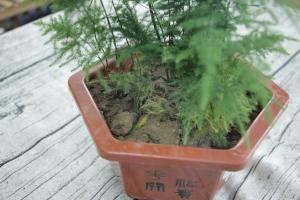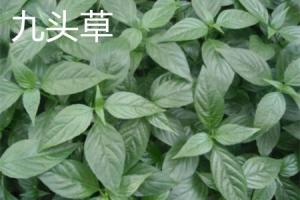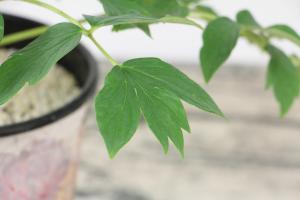Introduction
California is known for its diverse range of flora, including its native plants and introduced species that thrive in the state's Mediterranean climate. However, with recent droughts and the increasing demand for water resources, it's important to determine the peak water use for plants in California to ensure a sustainable future.
Factors That Affect Peak Water Use
Several factors affect the peak water use for plants in California. Firstly, the temperature of the environment is a critical factor. As temperatures increase, plants require more water to sustain growth and maintain their physiological functions.
Another critical factor is the plant type, as different plants have distinct water requirements. For example, succulents such as cacti and agave require less water than traditional garden plants. Additionally, the growth stage of a plant can impact water usage, with seedlings requiring less water than mature plants.
The growing medium, whether it's soil or hydroponics, also affects the peak water use for plants. The soil's porosity, nutrient levels, and physical structure can influence plant growth and water requirements.
Calculation of Peak Water Use
The peak water use for plants in California can be calculated using several methods. The most common method is calculating a plant's evapotranspiration rate (ET rate). ET rate is the sum of water that is transpired by the plants and the water that evaporates from the growing medium and plant surface.
To calculate ET rate, factors such as temperature, humidity, solar radiation, wind speed, and plant type are considered. Once ET rate is determined, the plant's peak water use can be calculated, with factors such as the plant's growth stage and soil type considered.
Water Conservation Practices in California
Given the increasing demand for water resources in California, several water conservation practices have been implemented to reduce peak water use for plants. These practices include using water-efficient irrigation systems, such as drip irrigation and low-pressure sprinklers, which can save up to 50% of water compared to traditional overhead sprinklers.
Additionally, soil amendments such as mulch and compost can improve soil health and reduce water loss through evaporation. Planting native and drought-tolerant plants can also reduce peak water usage as they are adapted to the local climate and require less water to maintain.
Conclusion
California's diverse flora is a significant part of the state's identity; however, with increasing water demands and droughts, it's essential to determine the peak water use for plants to ensure sustainable water management. Factors such as temperature, plant type, and growing medium significantly impact peak water usage, but implementing water conservation practices can help reduce water consumption and maintain California's unique plant diversity.

 how many times do yo...
how many times do yo... how many planted tre...
how many planted tre... how many pine trees ...
how many pine trees ... how many pecan trees...
how many pecan trees... how many plants comp...
how many plants comp... how many plants can ...
how many plants can ... how many plants and ...
how many plants and ... how many pepper plan...
how many pepper plan...































